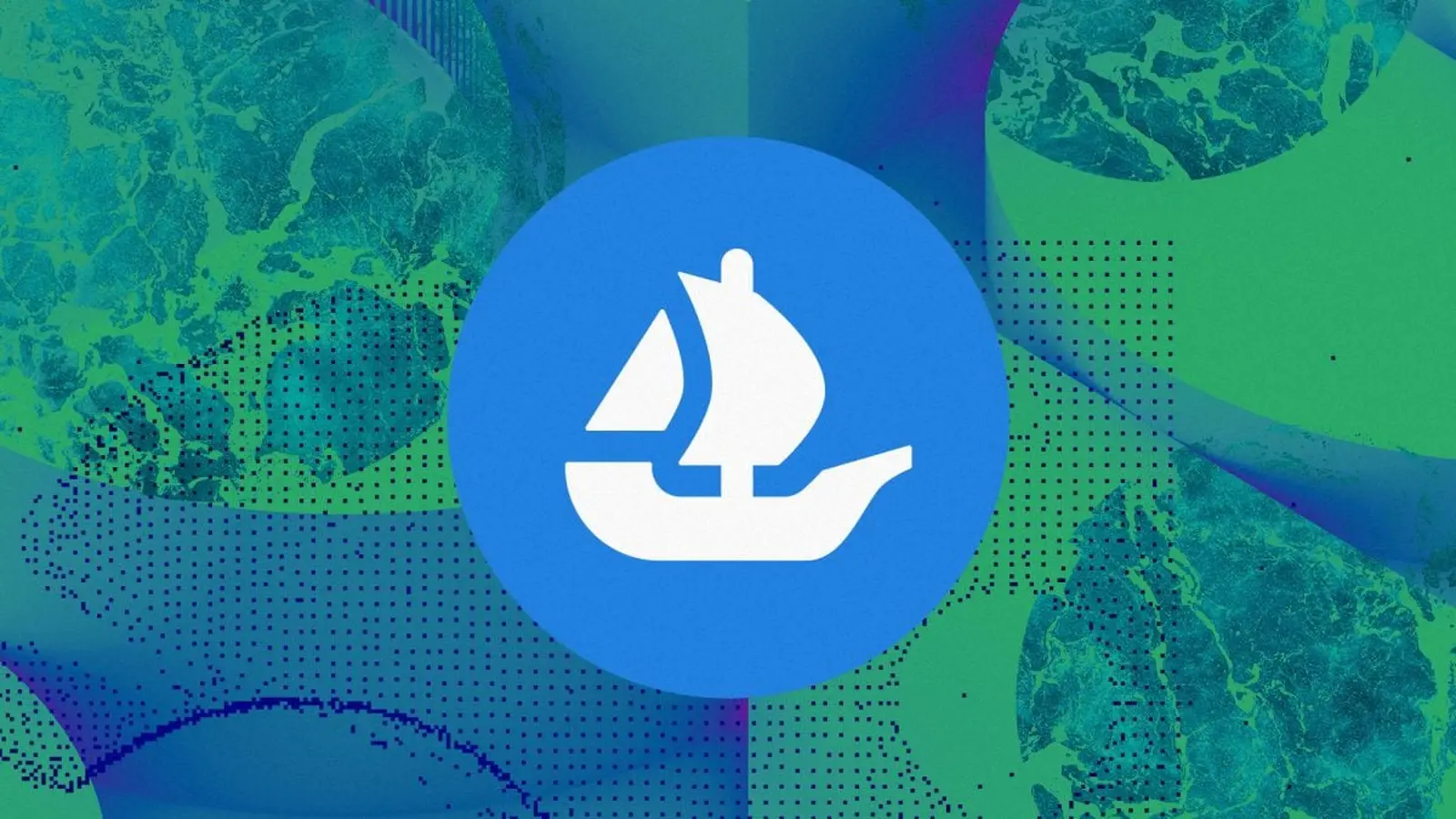5 Minutes
OpenSea Confirms SEA Token Launch in Q1 2026
OpenSea has officially announced the planned release of its long-anticipated SEA token in the first quarter of 2026. CEO Devin Finzer revealed the timeline in a public post, confirming that half of the total SEA supply will be earmarked for the community, with additional allocations for early users and rewards program participants. The token is positioned as a core utility across OpenSea’s evolving multi-chain trading platform.
Tokenomics: 50% Community Allocation and Revenue Buybacks
OpenSea’s SEA token model centers on community ownership and sustained value capture. According to the announcement, 50% of SEA’s supply will be distributed to community members, including early adopters and loyalty program recipients. In parallel, the platform will reinvest 50% of its platform revenue into SEA buybacks — a buyback-and-burn-like mechanism expected to support token demand and price stability over time.
Staking Behind Collections and Projects
A key utility for SEA will be staking. Users can stake tokens behind collections and projects they support, creating a direct link between token holders and marketplace activity. This staking functionality aims to deepen engagement, align incentives among traders, creators, and collectors, and provide on-chain signals of project popularity.
From NFT Hub to Multi-Chain Trading Aggregator
OpenSea’s pivot away from being exclusively an NFT marketplace toward becoming a “trade everything” aggregator is already well underway. Once synonymous with the NFT boom, the platform now aggregates orders across 22 blockchains and pulls liquidity from decentralized exchanges like Uniswap and Meteora. This transition reflects a broader strategic shift into token trading, derivatives, and spot markets.

Trading Volume and Revenue Trends
OpenSea reported a notable rebound in trading volume, reaching roughly $2.6 billion in the latest month — more than 90% of which was attributed to token trading rather than NFTs. The platform’s aggregation model and a 0.9% transaction fee generated an estimated $16 million in revenue over the same period, half of which OpenSea intends to dedicate to SEA buybacks. In the first two weeks of October 2025 alone, the marketplace processed $1.6 billion in crypto trades and $230 million in NFT transactions.
Why the SEA Launch Was Delayed — And What Changed
The SEA token debut was postponed for over a year, spurring speculation across prediction markets. After Finzer’s update, the market odds of a 2025 token launch fell dramatically. The delay allowed OpenSea to refine tokenomics, integrate staking features, and align the launch with its new multi-chain architecture.
Market Context: NFT Downturn and Strategic Reset
OpenSea’s transformation follows a prolonged downturn in NFT markets. Industry-wide trading volumes dropped more than 90% from their 2021 peaks, and the total NFT market cap fell from around $20 billion in early 2022 to roughly $4.87 billion by October 2025, per CoinGecko. OpenSea itself saw monthly revenue decline from $125 million at the height of the frenzy to roughly $3 million by late 2023, prompting significant restructuring and workforce reductions.
Competition, Royalties, and Community Backlash
Competition from rival marketplaces offering zero fees and different royalty policies pressured OpenSea’s market share. Attempts to relax royalties alienated some creators and collectors, creating tension between short-term growth strategies and longstanding community relationships. The SEA token and its community-centric allocation appear designed to rebuild trust and incentivize long-term participation.
Product Expansion: Mobile App, Perpetuals, and Aggregation
OpenSea has launched new product features to support its broader vision: a mobile app, perpetual futures trading, and deeper order aggregation from DEXs. These moves are meant to capture broader crypto trading volume beyond NFTs and to compete in the increasingly crowded DeFi and CEX/DEX hybrid landscape.
Outlook: What SEA Could Mean for the Crypto Ecosystem
If executed well, SEA could strengthen OpenSea’s position as a multi-chain marketplace and create fresh incentives for participation through staking, revenue buybacks, and rewards. However, success hinges on sustained trading activity, transparent token governance, and community trust — particularly after past conflicts around royalties and product changes.
For traders, collectors, and DeFi users, the SEA launch will be a major event to watch in 2026. The token’s combination of community allocation, revenue-backed buybacks, and staking tied to collections may influence how other marketplaces design token incentives in the years ahead.
Source: cryptonews
Comments
Reza
Is this even true? 50% revenue buybacks sounds like smoke and mirrors, who audits the buybacks, and what about royalties? hmm
blocktone
Wow SEA in Q1 2026? 50% to community is bold. If buybacks actually happen this could be huge, but i need to see governance details.


Leave a Comment